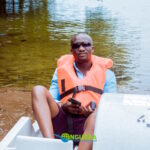Ghana is one of the most peaceful countries in the world, with its citizenry considered some of the most hospitable people in the world. “Akwaaba,” which means “welcome. Akwaaba to the motherland, welcome to Ghana, the gateway to Africa. Ghana is a country with diverse cultures and tribes. Blessed with a plethora of natural resources such as gold and cocoa, the Black Stars have recently been our most important export and ambassadors of Ghana. But did you know Ghana is also blessed with a lot of natural reserves and wildlife as well? It is just not a surprise that everyone is traveling to Ghana for the holidays. If you haven’t made arrangements to travel for the holidays in Ghana yet, don’t worry. There are some travel and tour agencies in Ghana that will make your holidays worthwhile. Here are the ten exciting places to visit when you touch down in Ghana.
Cape-Coast Castle

The first place I recommend you visit is the Cape Coast Castle, the place where your soul and spirit are connected to the ancestors of the motherland. Although the history of the Cape Coast Castle does not sound exciting, but rather sad. It is still a must-visit place in Ghana. It is important to connect with history firsthand. In the 18th century, the castle was used for the developing slave trade. Up to 1,000 male and 500 female slaves were shackled and crammed in the castle’s dank, poorly ventilated dungeons, with no space to lie down and very little light. Without water or sanitation, the floor of the dungeon was littered with human waste, and many captives fell seriously ill. The men were separated from the women, and the captors regularly raped the helpless women. The castle also featured confinement cells—small, pitch-black spaces for prisoners who revolted or were seen as rebellious. Once the slaves set foot in the castle, they could spend up to three months in captivity under these dreadful conditions before being shipped off to the New World.
Moving on from a sad moment, let’s take a look at Kakum National Park.
The Kakum National Park
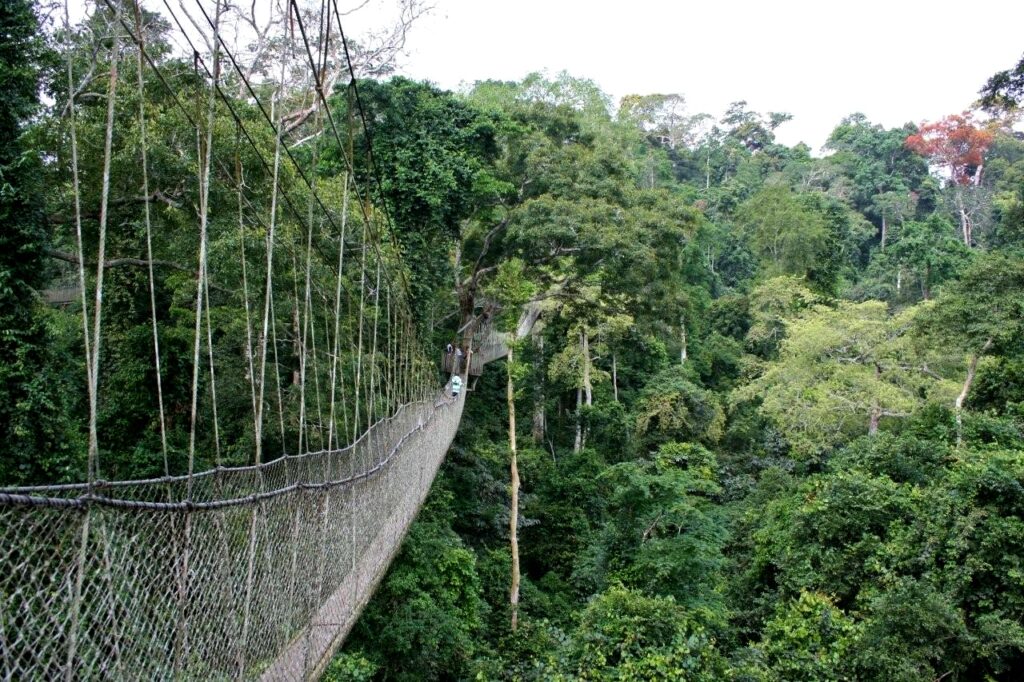
Also in the central region, the Kakum National Park is the most visited tourist attraction in Ghana. The Kakum National Park and Canopy Walkway offer visitors spectacular scenery and a fascinating wildlife experience, along with modern camping facilities. The park’s best-known feature is undoubtedly its seven suspension bridges, which form a 333-meter long canopy walkway, suspended up to 27 meters above the forest floor by trees that are over 300 years old.
The canopy walk is not the only one of Kakum’s many delights. There are a variety of trails and guided walks that allow visitors to experience the solitude of the rainforest. It’s also a premier site for bird watchers, with over 300 species, including eight species of global conservation concern. Forest elephants, leopards, bongos, bushbucks, and many primates, but game viewing is difficult. Also, more than 600 butterfly species have been recorded. The forest has wildlife that can be seen at night, and professional guides are always available to take you on a guided night tour.
Boti falls
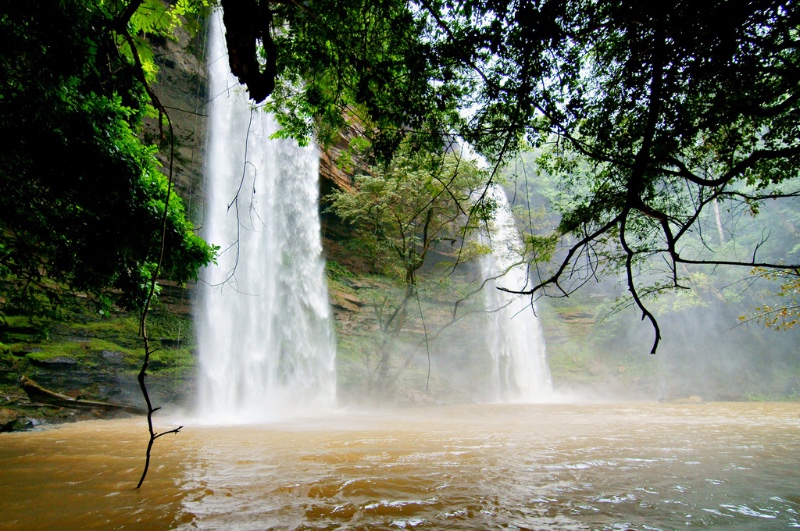
Boti Falls is a twin waterfall located at Boti in the Eastern Region of Ghana. Boti Falls takes its course from a river known locally as Pompon. History has it that the fall was hidden in the forest until it was discovered by a white Catholic priest. There are two falls at Boti: the upper falls and the lower falls.
Boti is a seasonal fall that is a double-sided side-by-side fall during the high flow and at the bottom of 250 concrete steps. During full flow, you are surrounded by a canyon of falling water. It can be found in the forest of Huhunya. The larger one is mythically believed to be the male and the smaller one is the female. According to the local folks, when the two merge, a rainbow is formed. It is usually said that these rivers are mating when this happens. A visit to Boti is a three-in-one pack: the umbrella rock, the three-headed palm tree, and, of course, the falls themselves. It is the most popular fall in the Eastern Region.
Kwahu Easter Celebration
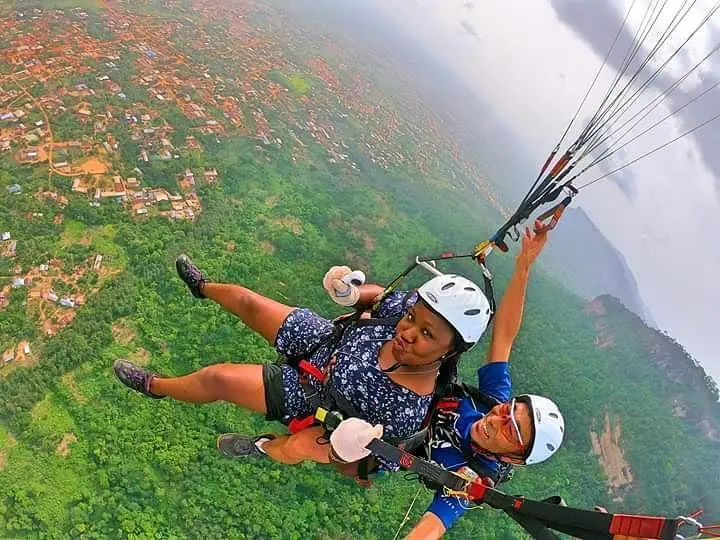
Still, in the Eastern region, the Kwahu hills to be precise. For the people of Kwahu, this period is an annual homecoming. The 3-4 day events are packed with a lot of activities, including the Ghana Paragliding Festival. It is an annual event held during Easter (usually in April). Seasoned pilots from around the world are invited to fly hundreds of people during the 3–4 day event at Kwahu Atibie. The event has, over the years, flown thousands of people and given them memorable experiences. Other activities include, but are not limited to, hiking, carnivals, street jams, and performances by top artists in the country.
Nzulezu
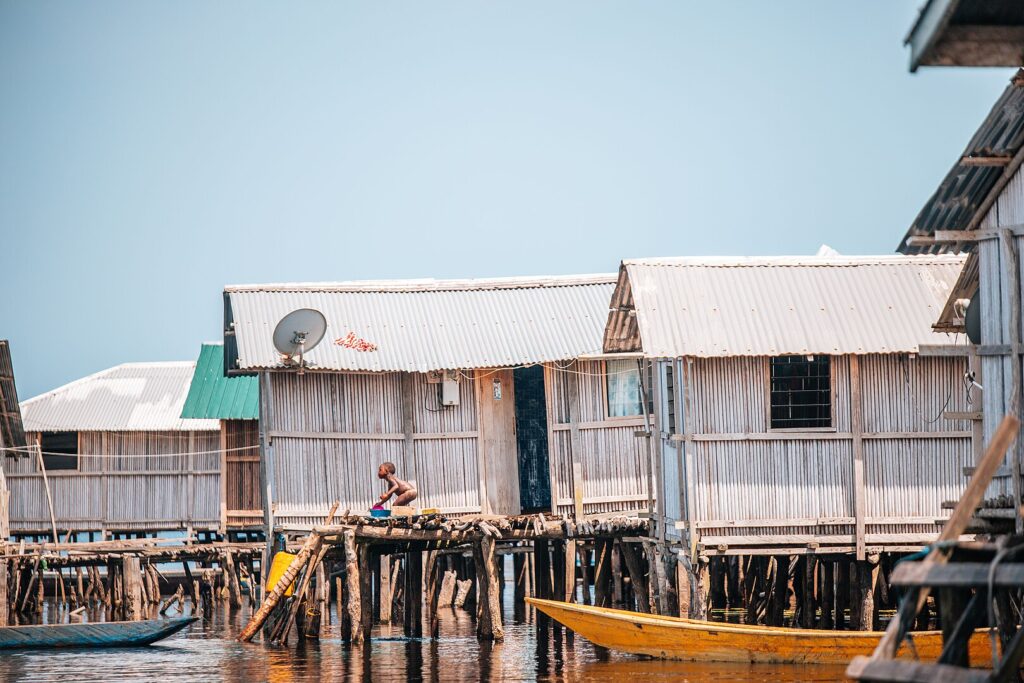
On the coast on the far western side of Ghana, near the border with Cote d’Ivoire, is a village that is unique in all of Ghana. The spectacular scenery of the 400-year-old stilt-propped water settlement of Nzulezu is a unique village built on stilts on Lake Tadane,
which is home to hundreds of people in the Western Region.
Nzulezu is a Nzema word meaning “surface of the water”. The inhabitants of the village are said to have migrated from Walata, a city in the ancient Ghana Empire, the earliest of the Western Sudanese States. According to tradition, the ancestors of the village were brought to their present place by a snail.
The serene ambiance of the surrounding landscape, coupled with the general activities of life on stilts, points to a dynamic relationship between man and nature. It is essentially one long pier, called “Main Street” by the locals, with buildings constructed on both sides. One side of the “street” is living quarters, while the other side of the street has businesses, a school, a community center, and other commercial ventures.
Fiema Monkey Sanctuary
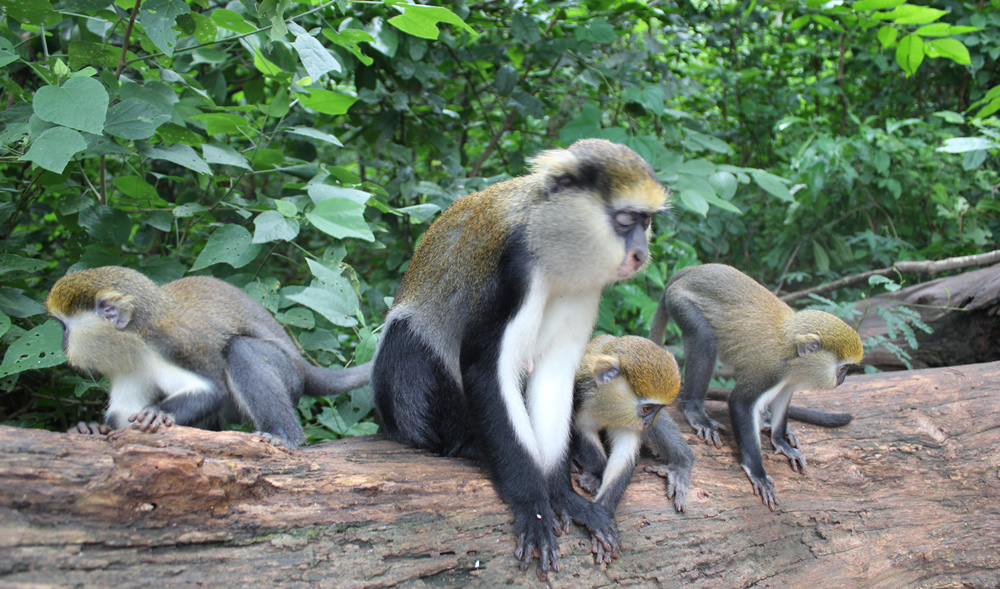
For generations, the village people of Boabeng and Fiema have believed that the local monkeys are sacred and have prohibited harm to them. The two adjacent communities have created a forest sanctuary to protect the black silky colobus and brown mona monkeys, both of which are enchanting sights. A visit to the Monkey Sanctuary at Fiema, 22 km north of Nkoranza, makes a great day out. The monkeys have access to all parts of the village and local people plant fruit trees for them. When a monkey dies, it is buried in a coffin and special funeral rites are performed.
Mole National Park
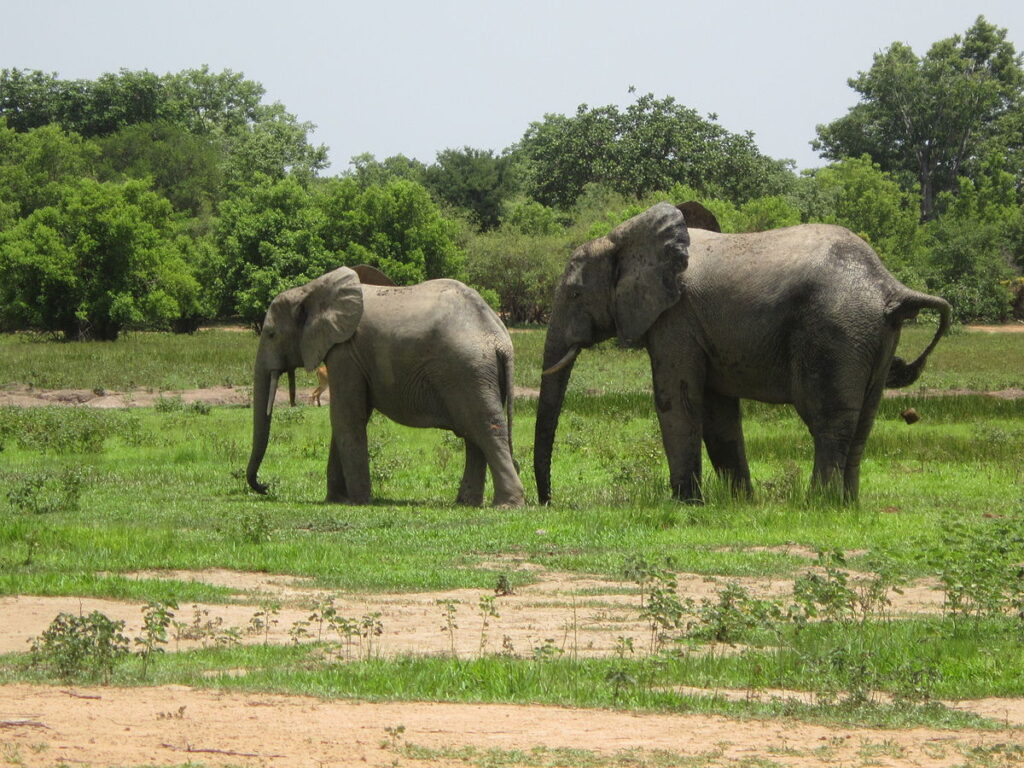
Going to the northern part of Ghana. Let’s take a ride to the Northern region and pause at Mole National Park is the largest and most prestigious protected area in Ghana, in the northwest of the country, is Ghana’s largest wildlife refuge, measuring 4,849 sq km. The park has very rich flora and fauna. It is best known for its elephants (a population of about 600) as well as many other primates. Some 94 mammal species, over 300 bird species, 9 amphibian species, and 33 reptile species have been recorded in Mole. The large and commonly seen mammals include elephant, kob, roan antelope, hartebeest, waterbuck, bushbuck, warthog, buffalo, several duikers, baboon, roan, kob, hartebeest, and waterbuck. Predators include lion, leopard, spotted hyena, caracal, aardvark, genet, civet, and mongoose. Occasionally, buffalo overrun the park headquarters and the lodge area. The park is located on a grassland savannah and its entrance is near the town of Larabanga. The ephemeral rivers Lovi and Mole flow through the park, leaving behind drinking holes in the long dry season
These are the seven must-visit places in Ghana. Using this list as your tour guide, you’ll have the opportunity to travel from the southern part of the country to the northern part, and you’ll experience the cultural diversity, traditions, and unique places Ghana has to offer.





